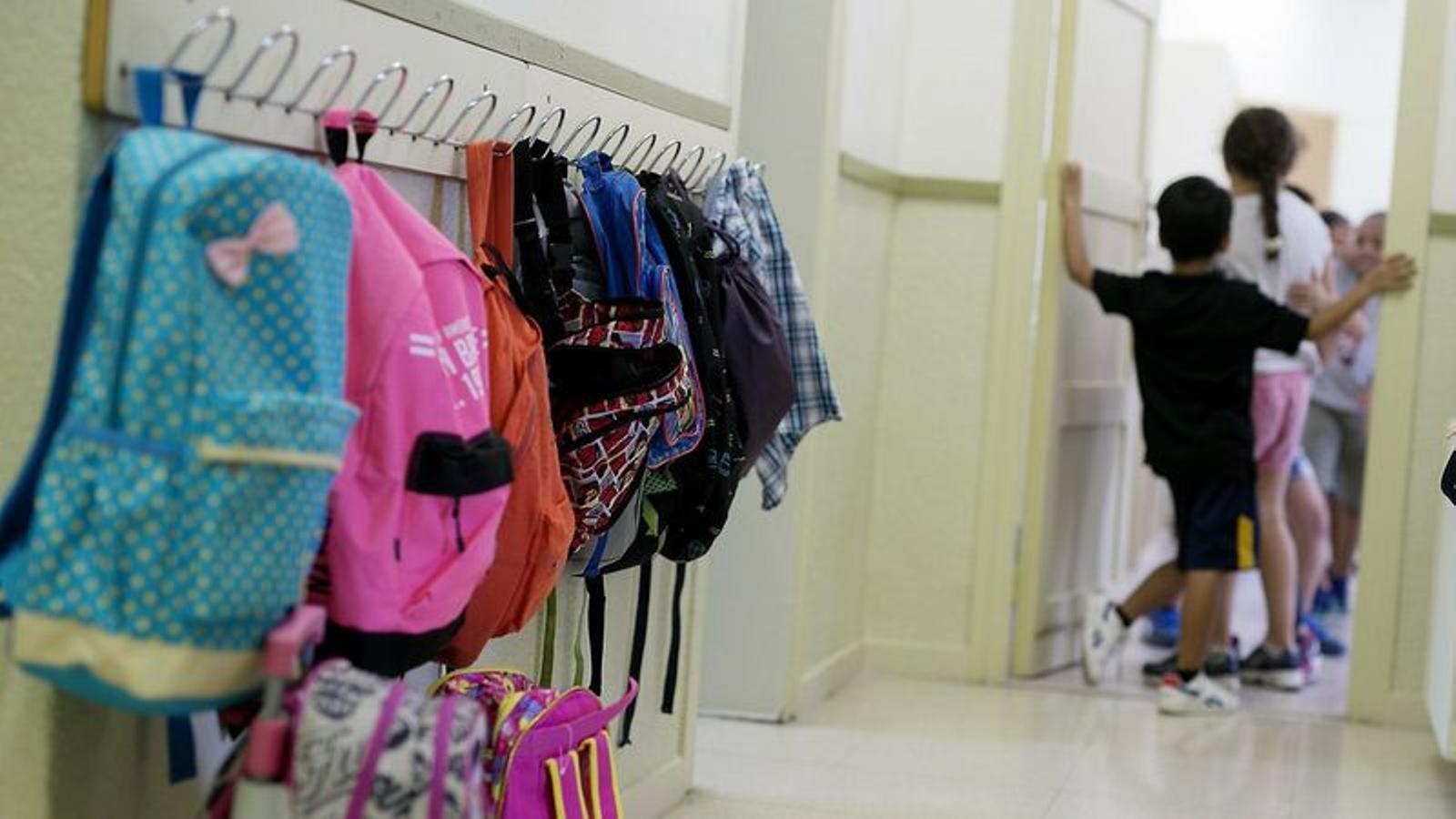School segregation grows due to Catalan government "inaction"
83% of ghetto schools receive vulnerable pupils halfway through the school year and there are 20 segregated schools more than five years ago


BarcelonaThe Department of Education is in breach of the pact against school segregation it promoted alongside with the Catalan Ombudsman two years ago, one of the main problems of the education system. Although the agreement makes it clear that the administration has to protect "complex" centres, where students come from more disadvantaged backgrounds, the Generalitat assigned 6,101 children to these schools after the start of the 2019-20 academic year, a practice considered harmful for schools. In fact, one in three students who requested a place halfway through the year ended up in a "ghetto school", that is, a school with a much higher concentration of foreign students. The non-compliance is so great that 83% of "complex" schools in Catalonia enrolled students after the beginning of the year, which is explicitly forbidden by the pact and aggravates these schools' situation, according to a study by the Fundació Bofill.
"Contrary to the pact, the administration's usual policy is to enrol students halfway through the year. These students are the most vulnerable because they have recently migrated or been forced to move fue to economic factors, and they are enrolled in schools where there are always vacancies," said Maria Segurola, an expert in policies against school segregation and author of the report. Although there are municipalities that have protected their "ghetto" schools (Banyoles, Cunit, El Prat and Olot, for example), Bofill denounces that the "inaction" of educational administrations has "worsened" school segregation in Catalonia. The number of segregated centres has grown: in the 2019-20 school year, there were 420 centres that could be considered "ghetto" schools, 20 more than five years before. In addition, three out of four schools' situation has become chronic: "this data is very serious because now we have more mechanisms to combat segregation," lamented Segurola
What are these ghetto schools? Most (nine out of ten) are state schools, but Bofill has made it clear that school segregation is not explained only by the existence of charter schools, because there are charter schools with more vulnerable students than average. At the same time, there are public schools that fail to comply with the measures. Specifically, 140 public schools are not co-responsible, that is to say, they have less than half the number of foreign students that they should have according to their local average.
120.000 undetected vulnerable students
In addition to late enrolment, the study has found the Education Department has failed in terms of detection of vulnerable students in their first year of school: the administration detected 59,082 vulnerable students, 7% of the total, when the rate of students below the poverty line was 21.3%, which means that about 120,000 students with special educational needs have gone undetected and, therefore, have not been offered the extra resources they are entitled to. According to the report, half of the ghetto schools did not detect any vulnerable pupils in their first year of school.
"There are no excuses: you do not need so much engineering to detect this, you need will," Bofill Foundation claims, and they emphasise, precisely, concern over differences in data in different areas. For example, the percentages of detection of vulnerable students in Central Catalonia (17%) and Girona (14%) contrast sharply with those in the Baix Llobregat and Terres de l'Ebre, where only 2% of students are found to be vulnerable. That is why they have asked the Education Department to send in inspectors, assist areas with lower detection rates and work together with social services
According to the director of the Foundation, Ismael Palacín, we are at a turning point to correct what has not worked so far and set up what was left pending. "The conclusions of the study are a call for urgency", he said, because if Catalonia was a pioneer in approving the pact against segregation and a decree of admission to combat it, now actions are needed to put all these promises into practice and to do it in a general way throughout the country. A few days ago, at a follow-up meeting of the pact in Parliament, the Catalan Ombudsman also called for "courage and political will" from the Government and municipalities to put an end to school segregation. The risk of not doing so is too high: lower academic performance for vulnerable students, difficulties to achieve their potential, social fracture and lack of social cohesion, and failure to obtain economic returns on investment in education.
